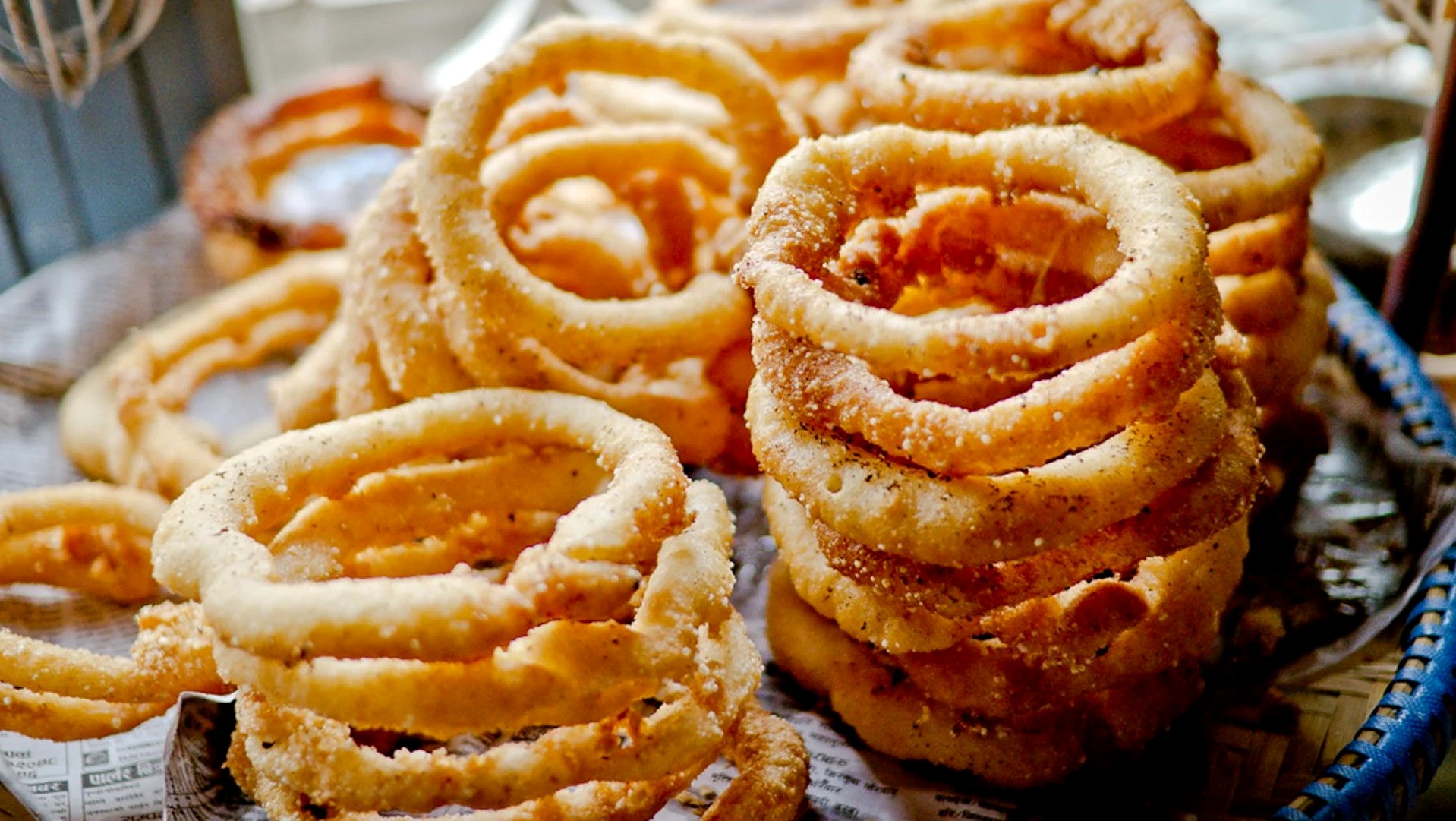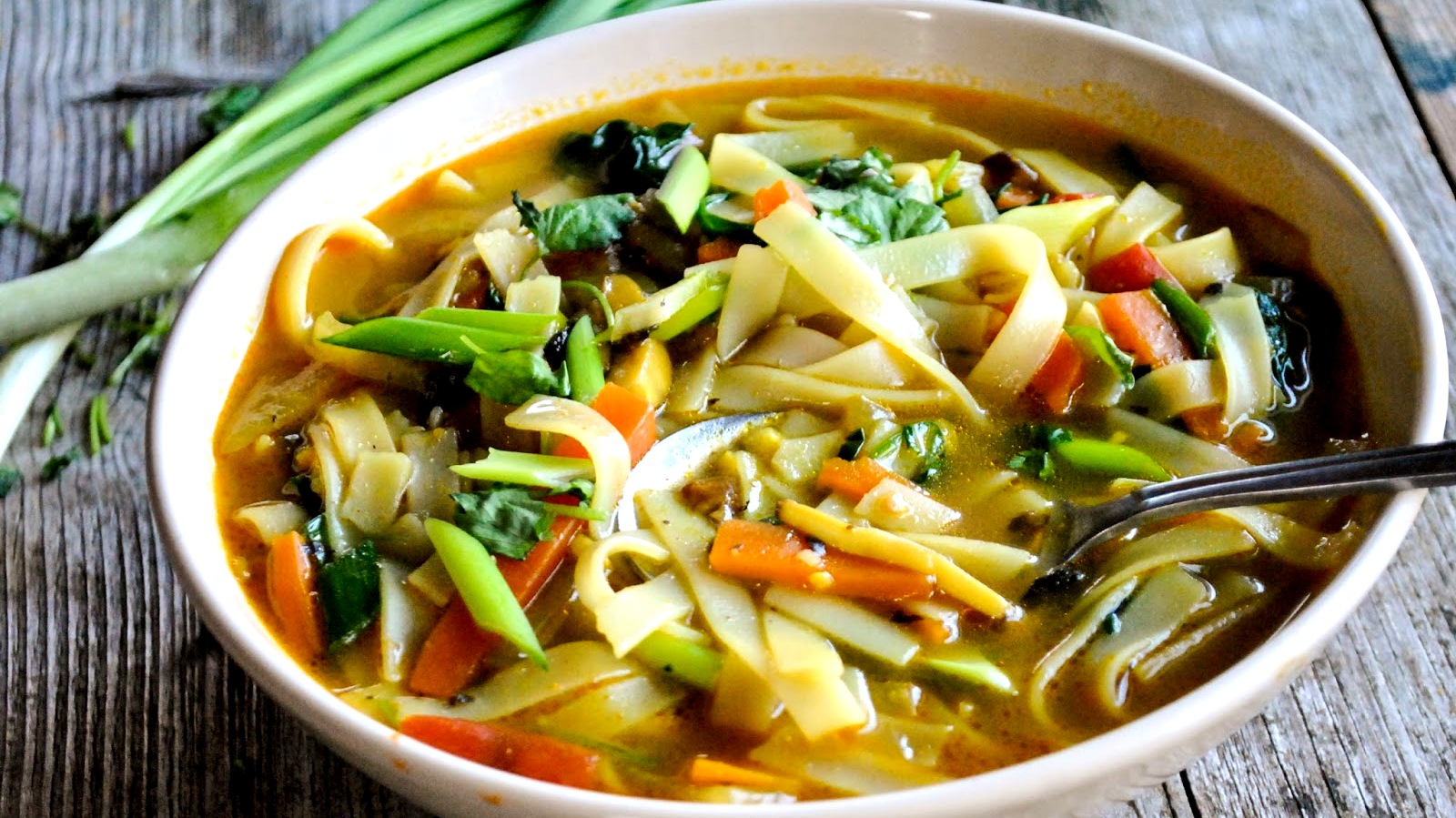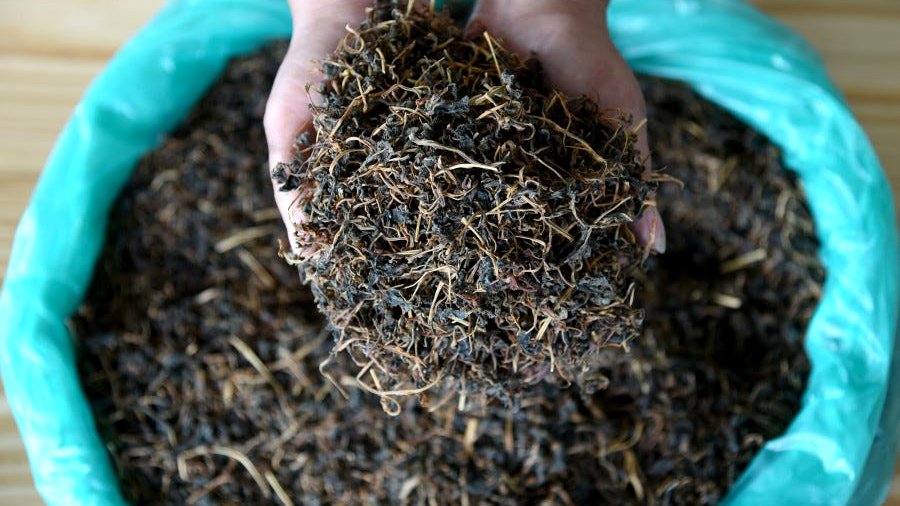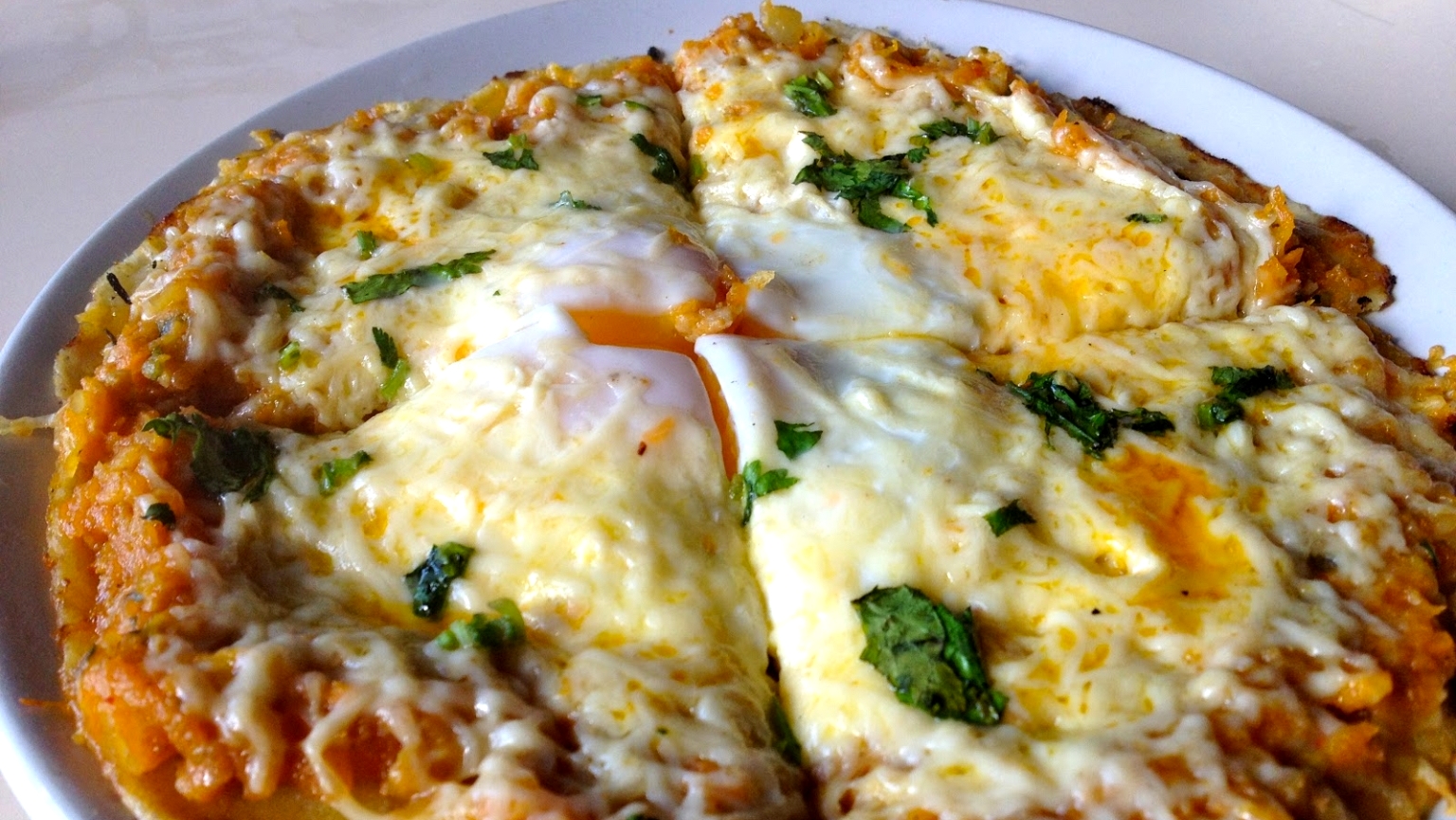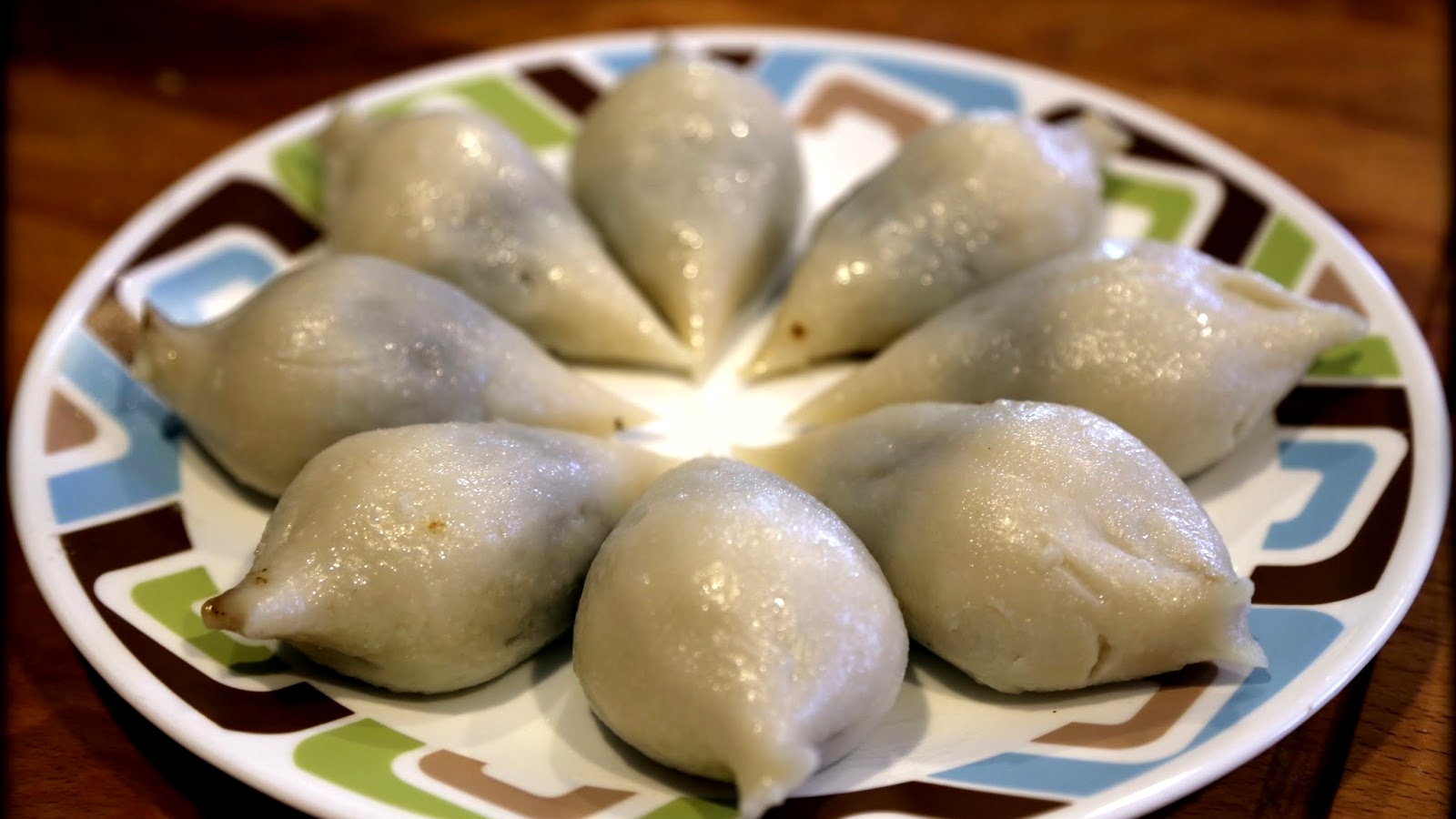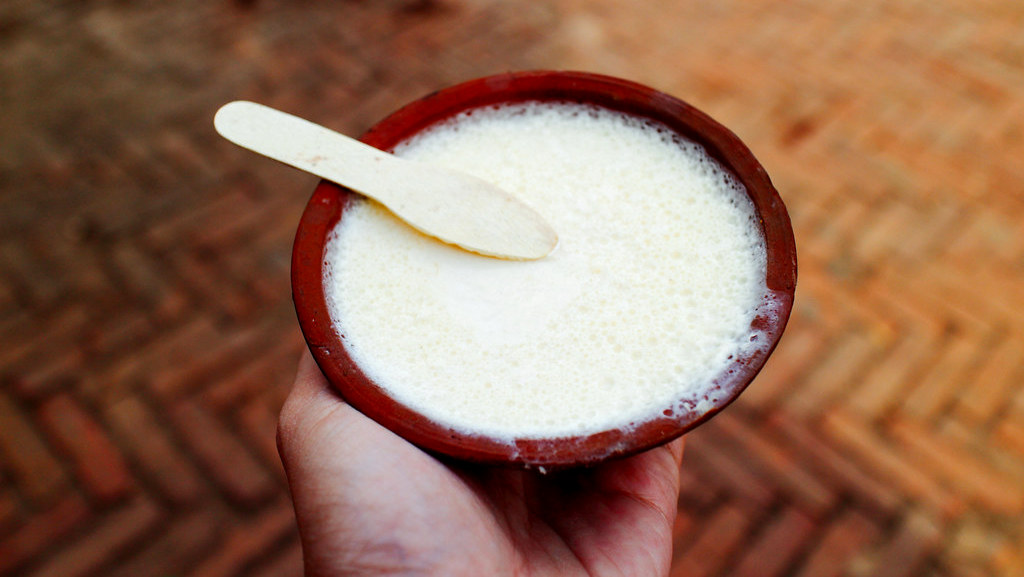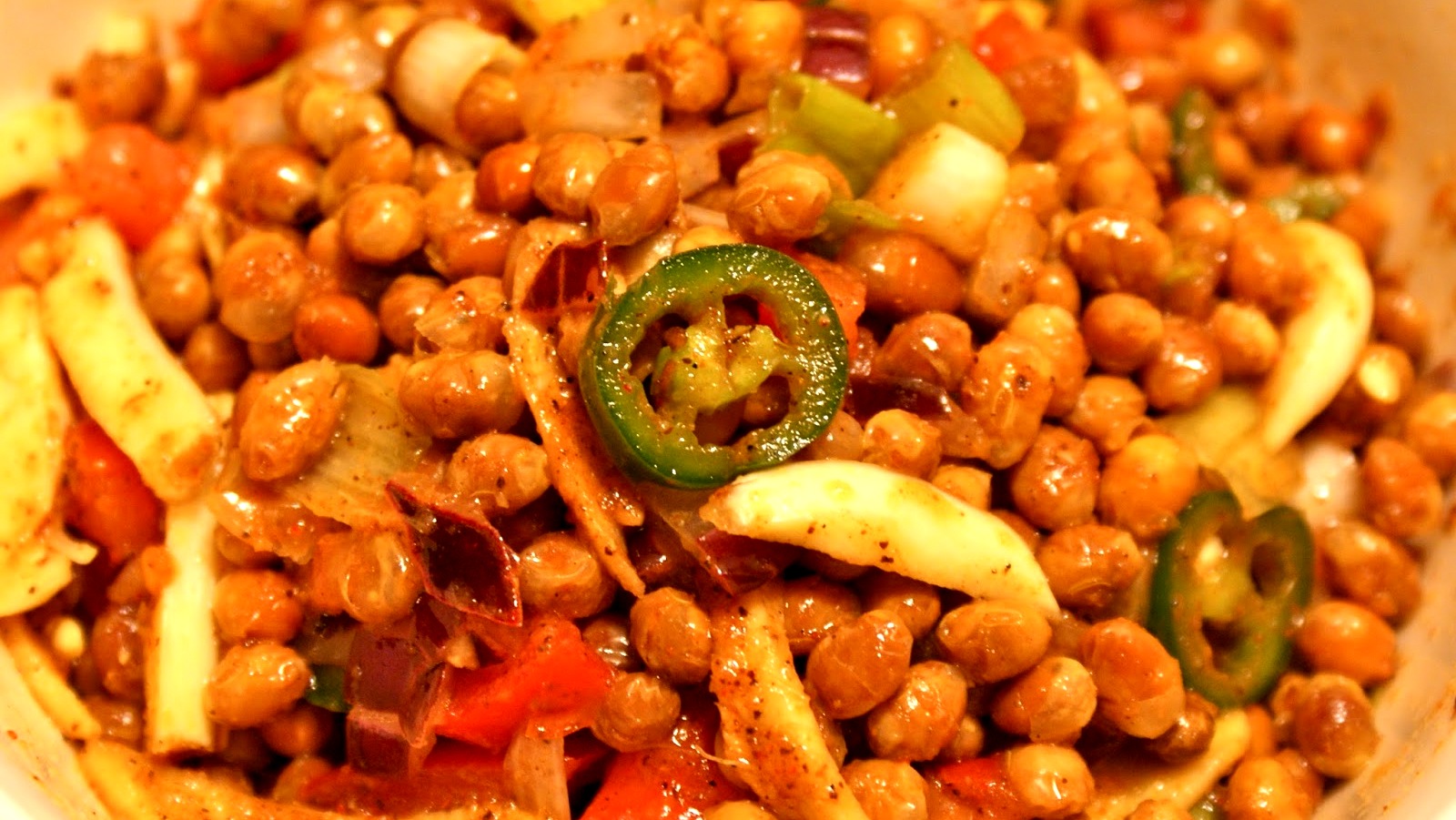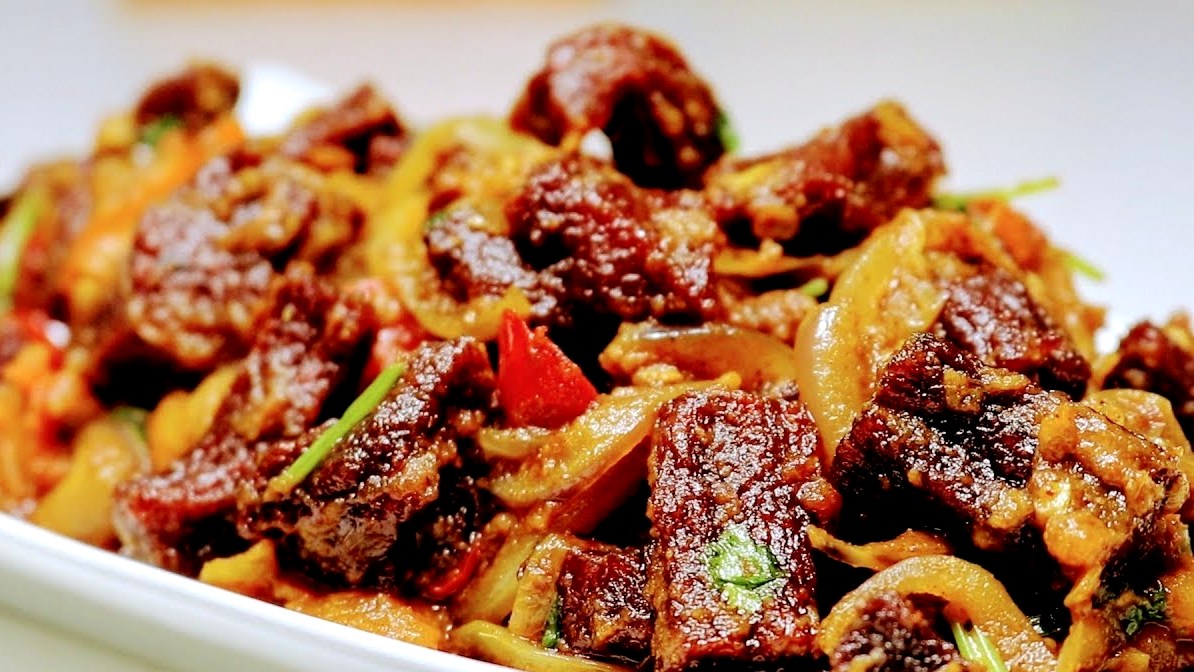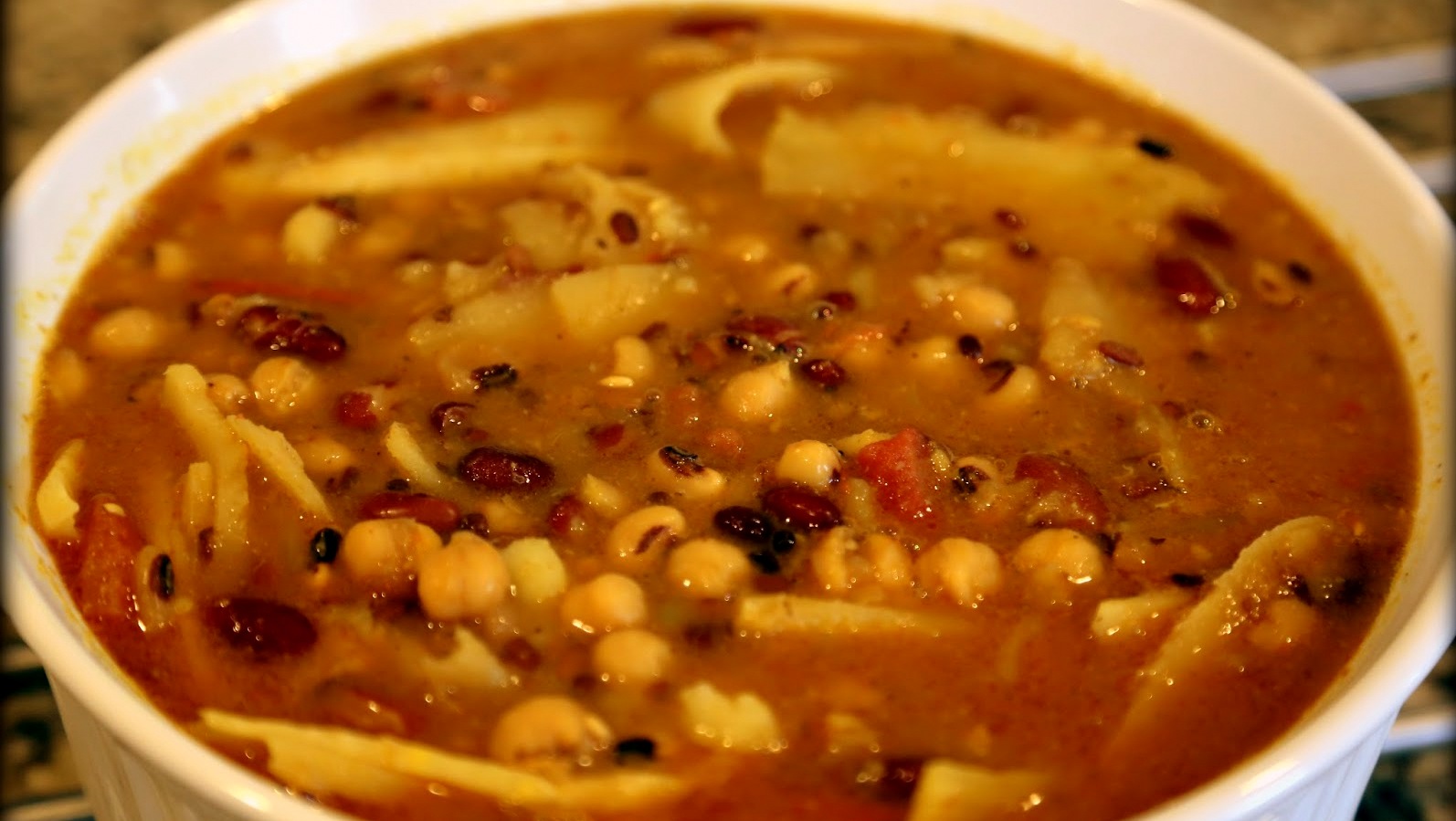- Cultural Diversity in Cuisine
- Dal Bhat - The Staple
- Momos - A Global Favorite
- Sel Roti - Sweet Indulgence
- Thukpa - The Warm Embrace
- Gundruk - The Flavor of Fermentation
- Chatamari - Nepali Pizza
- Yomari - Sweetness in Every Bite
- Juju Dhau - The King of Yogurts
- Kheer - Creamy Comfort
- Sadeko Badam/Bhatmas - Crunchy Delights
- Sukuti - The Art of Dried Meat
- Aloo Tama - A Unique Blend
Nestled in the heart of the Himalayas, Nepal is a land of unparalleled beauty and diverse cultures, each with its own unique culinary traditions. Nepali cuisine, a delightful blend of flavors and textures, offers a range of comfort foods that are deeply rooted in the country's heritage. From the ubiquitous Dal Bhat, a staple that sustains the nation, to the delectable Momos that have gained international fame, these dishes are more than just food; they are a taste of home for anyone who has experienced the warmth of Nepali hospitality. Traditional favorites like the sweet Sel Roti, the nourishing Thukpa, and the tangy Gundruk reflect the rich tapestry of Nepal's culinary landscape. In this blog, we will explore these cherished dishes, including the festive Yomari, the exquisite Juju Dhau, the comforting Kheer, and the unique flavors of Sadeko Badam/Bhatmas, Sukuti, and Aloo Tama. Each dish tells a story, inviting us to savor the essence of Nepali culture and tradition.
Our academy is not just a culinary school; it's a gateway to experiencing the authentic taste of home, as found in the heart of Nepal. With expert chefs who are passionate about their craft, we offer an unrivaled journey through the flavors and traditions of Nepali cuisine. From mastering the art of perfect Dal Bhat to crafting the intricate folds of delicious Momos, our hands-on approach ensures a comprehensive and enjoyable learning experience. Whether you're a seasoned cook or a culinary novice, our classes are tailored to suit all skill levels, providing insights not just into cooking techniques, but also into the cultural significance of each dish. Join us at Kathmandu Cooking Academy, where your culinary adventure into the heart of Nepali comfort foods begins. Here, we don't just teach recipes; we bring the soul of Nepal's kitchens into yours.
Cultural Diversity in Cuisine
Nepal, a mosaic of cultures and traditions, offers a culinary landscape as diverse as its people. The nation's comfort foods are a testament to this diversity, each dish representing the unique flavors and histories of its many ethnic groups. In this segment, we delve into how cultural diversity shapes the essence of Nepali comfort foods.
-
Varied Ethnic Influences: Nepal's cuisine is influenced by its numerous ethnic groups, including the Newars, Sherpas, Tharus, Gurungs, and many others. Each community brings its own distinct culinary techniques and ingredients, creating a rich tapestry of flavors.
-
Geographical Impact: The geographical diversity of Nepal, from the high Himalayas to the lush Terai plains, plays a crucial role in shaping its cuisine. High-altitude regions rely heavily on grains, potatoes, and yak meat, while the lowlands offer a bounty of fresh vegetables, legumes, and spices.
-
Seasonal and Local Ingredients: The use of seasonal and locally sourced ingredients is a hallmark of Nepali cuisine. Dishes like Dal Bhat and Gundruk highlight locally grown lentils and greens, showcasing the country's reliance on fresh, seasonal produce.
-
Festival Foods: Nepal's myriad festivals bring an array of special dishes. Yomari and Sel Roti are prime examples of festive foods, each associated with specific celebrations and prepared with ritualistic significance.
-
Influence of Neighboring Cuisines: The close proximity to countries like India, Tibet, and China means that Nepali cuisine has absorbed and adapted many elements from these culinary giants. Dishes like Momos and Thukpa are examples of this cultural exchange.
-
Sacred Foods: Certain dishes in Nepal hold religious significance. For example, Juju Dhau, the king of yogurts, is not only a culinary delight but also a symbol of purity and auspiciousness in Newari culture.
-
Vegetarianism and Non-Vegetarianism: Reflecting the diverse religious and cultural beliefs, Nepali cuisine caters to both vegetarians and non-vegetarians. While some communities favor vegetarian dishes due to religious beliefs, others include a variety of meats in their diet.
-
Street Foods and Home Cooking: The street foods of Nepal, such as Chatamari and Sadeko Badam/Bhatmas, offer a glimpse into everyday culinary practices, while home-cooked meals like Aloo Tama reflect the comfort and warmth of Nepali households.
The cultural diversity of Nepal is intricately woven into its comfort foods. Each dish is a celebration of the nation's rich heritage, offering flavors that are as varied and vibrant as the land itself. At Kathmandu Cooking Academy, we embrace this diversity, teaching our students not only the techniques of cooking but also the cultural stories behind each dish. Join us in exploring the taste of home that Nepali cuisine so lovingly offers.
Dal Bhat - The Staple
In the heart of Nepali cuisine lies Dal Bhat, a dish that is much more than just a meal; it's a symbol of Nepalese identity and a staple in every household. This classic dish's simplicity belies its significance in the daily life and culture of Nepal. Here, we explore the nuances of Dal Bhat and its integral role in Nepali cuisine.
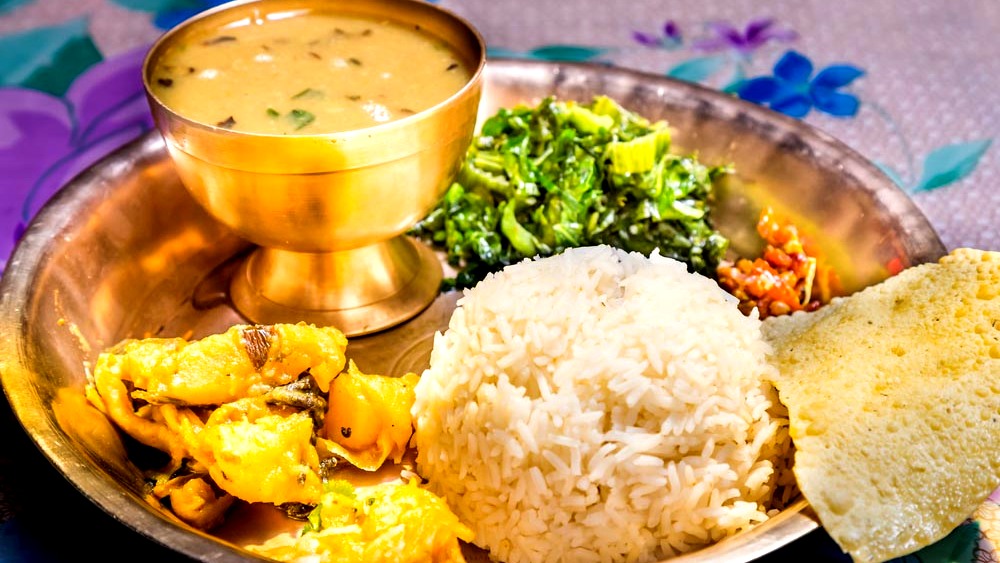
-
Basic Composition: At its core, Dal Bhat is a combination of lentil soup (Dal) and rice (Bhat). The dal is typically made from lentils or other pulses, cooked until creamy, and seasoned with turmeric, cumin, garlic, and other spices. The rice is usually steamed and serves as the perfect base for the dal.
-
Nutritional Balance: Dal Bhat is a nutritional powerhouse, providing a balanced combination of carbohydrates, proteins, vitamins, and minerals. The lentils in dal are a great source of protein, especially important in vegetarian diets, while the rice offers essential carbohydrates.
-
Variations Across Regions: While the basic ingredients remain the same, Dal Bhat varies significantly across different regions of Nepal. The type of lentil used, the method of preparation, and accompanying side dishes can vary, reflecting the local taste and available ingredients.
-
Accompaniments: A typical Dal Bhat meal is not complete without its accompaniments. It's often served with vegetable curries, sautéed greens, pickles (achar), and sometimes meat or fish for added flavor and nutrition. These side dishes add diversity in taste and texture, making each Dal Bhat meal unique.
-
Cultural Significance: In Nepali culture, Dal Bhat is more than just food; it's a part of everyday life. It's commonly eaten twice a day and is a unifying element across different ethnic and social backgrounds. The phrase "Dal Bhat power, 24-hour" humorously signifies its importance as a sustaining meal for hardworking Nepalis.
-
Rituals and Traditions: In many Nepali households, serving Dal Bhat is a ritual, reflecting hospitality and care. It's also a common meal during festivals and special occasions, symbolizing togetherness and abundance.
-
International Recognition: With the growing popularity of Nepali cuisine worldwide, Dal Bhat has gained international recognition. Travelers to Nepal often remember this dish for its comforting simplicity and nourishing qualities.
At Kathmandu Cooking Academy, Dal Bhat is taught not just as a recipe but as an experience that encapsulates the essence of Nepali cuisine. We guide our students through the traditional methods of preparing Dal Bhat, ensuring they grasp its cultural significance and the nuances that make it a beloved Nepali staple. Join us to discover the true soul of Nepal through its most iconic dish.
Momos - A Global Favorite
Momos, the iconic Nepali dumplings, have transcended Nepal's borders to become a global favorite, cherished by food enthusiasts worldwide. This beloved dish is much more than a mere appetizer or snack; it's a culinary emblem of Nepal's rich gastronomic culture. Let's delve into the world of Momos and explore why they hold such a special place in the hearts of many.
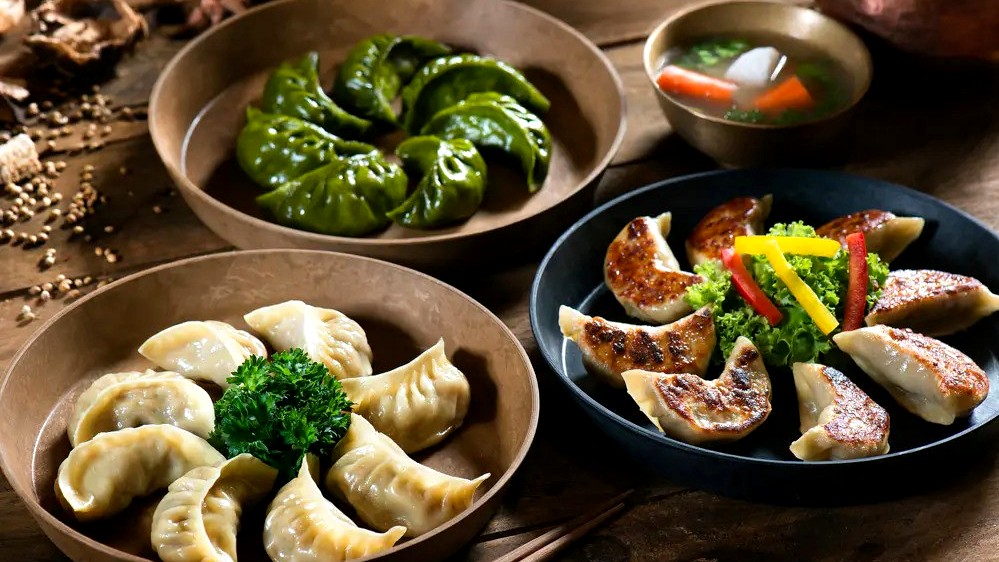
-
Origins and Evolution: Although Momos are believed to have Tibetan origins, they have been wholeheartedly embraced by Nepali cuisine and have evolved to acquire a distinct Nepali character. The integration of local spices and ingredients has given them a unique flavor profile that is quintessentially Nepali.
-
Variety and Versatility: One of the most appealing aspects of Momos is their versatility. They can be filled with a variety of ingredients, including minced chicken, buffalo, pork, vegetables, and even cheese. This versatility makes them a favorite among both meat lovers and vegetarians.
-
Preparation and Techniques: The art of making Momos involves rolling out small circular dough wrappers, which are then filled with the chosen ingredients. The dumplings are delicately folded into various shapes, such as half-moons or rounds, and then steamed, fried, or sometimes even baked.
-
The Flavorful Accompaniments: A key component of enjoying Momos is the dipping sauce or chutney. Typically, this is a spicy tomato-based sauce, but it can also include other ingredients like sesame seeds, cilantro, and various spices. The sauce complements the dumplings and enhances their flavor.
-
Cultural Significance: In Nepal, making Momos is often a communal activity, bringing families and friends together. The process of preparing and sharing Momos is seen as a way to celebrate togetherness and enjoy good company.
-
Global Popularity: Momos have gained immense popularity beyond Nepal, seen in the menus of countless South Asian restaurants worldwide. Their popularity is a testament to the growing appreciation of Nepali cuisine on the global stage.
-
Innovations and Fusion: As Momos gain international fame, they are also being reinvented with various fusion styles and innovative fillings, catering to a broader range of palates and preferences.
At Kathmandu Cooking Academy, we not only teach the traditional methods of making Momos but also encourage our students to explore their creativity with this dish. From mastering the perfect dough to crafting the ideal filling and sauce, we ensure that our students carry forward the legacy of this beloved Nepali comfort food, ready to delight palates across the world.



